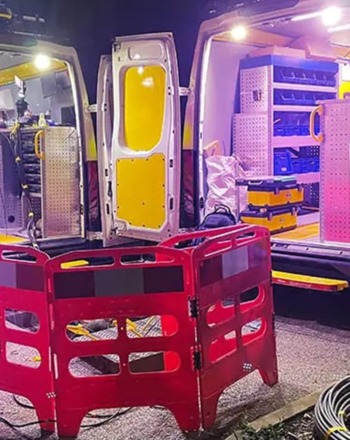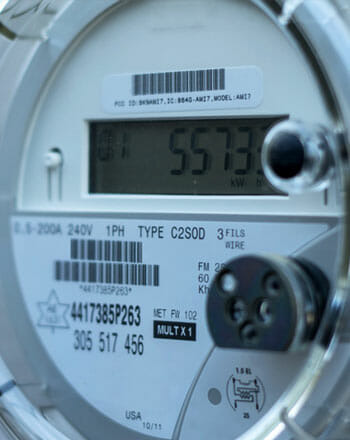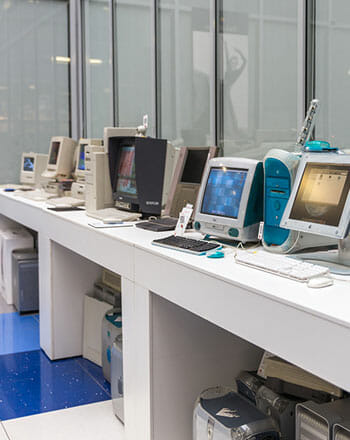Stop Sell is one of the more important aspects of the industry’s overall transition into fibre optics. In the telecommunications industry, it refers to the phasing out of copper-based networks.
Telecommunications companies will “stop selling” these products and services. The reason this is implemented is to help encourage customers to adapt fibre optic solutions. These networks are more reliable and faster than their copper-based alternatives. It helps to expedite the migration by encouraging customers to upgrade.
This change is prompted by the inherent limitations of copper networks to be able to meet the demand for reliable connectivity and high-speed data. Stop sell ends new copper-based service activations.
This works as a launching point for the widespread implementation of the next-generation fibre optic technology. The transition will ultimately improve internet speeds and set the foundation for a future of advanced connectivity solutions.
How Should I Prepare?
The telecommunications industry is pivoting to a full-fibre future. As this happens, businesses and consumers must prepare for the Stop Sell. To make this easier, these key steps can help.
Evaluate Current Infrastructure
Start with an assessment of the current telecommunications infrastructure. The goal of this should be to identify the reliance on copper-based services and products. Having a clear picture of the level of copper usage helps figure out the type of transition that your company needs.
Determine Future Needs
Using this information, determine what the future needs would be for installing fibre optic cables. Think about how much data you would need, the type of connectivity, and the internet speed. Full fibre optic solutions will significantly improve bandwidth to make for faster speeds. This is ideal for businesses that are data-intensive and similar applications.
Work with an Experienced Internet Service Provider
Glide is an internet service provider that specialises in full-fibre optic networks. They offer valuable guidance through the transition process. We create solutions tailored to your company’s needs. This helps facilitate a seamless migration to fibre.
Plan the Transition Period
The transition period varies depending on the scope of operations. The complexity of the migration depends on multiple factors. For example, the number of people who need internet will be one consideration. Also, the physical geography of the office building or home is another thing to keep in mind. If there isn’t an existing fibre optic network, there will need to be time to install these. Making workaround regarding parking as the cables are dug is one consideration. Additionally, creating redundancies to limit down periods is another important idea.
Educate Employees
Be sure that your employees know about the upcoming switch to full fibre solutions. Show them a detailed plan that outlines the steps involved. This plan should contain a timeline to highlight the transition from copper to fibre. Also, be sure to answer any questions they have. Take the time to implement training and resources to help them to better adapt to the technology.
What Is A Stop Sell Area?
A stop-sell area is a physical location that is designated to stop the sales of new copper-based services. In these places, copper-based products are not available. Telecommunication companies designate these areas in the phasic approach to fibre migration. This is referred to as the copper switch-off.
Specific regions are designated as Stop Sell areas as providers roll out Full Fibre Solutions gradually. This means there are no long any new copper-based service activations in these places. As a result, businesses and consumers are better able to upgrade to fibre optics.
As providers gradually roll out Full Fibre Solutions across the country, specific regions will be identified as Stop Sell areas, signaling the end of new copper-based service activations in those locations. This encourages businesses and consumers in these areas to upgrade to faster and more reliable fibre connections.
When Is It Happening?
Each country has its own regulations about the copper switch-off. The timing of Stop Sell varies in each local. Factors that impact its adaptation include legal decisions as well as the strategies of the individual telecom provider.
There are several countries that have begun the process already. Some places have ambitious targets in mind to help achieve full-fibre coverage nationwide during a designated timeframe.
Businesses should communicate with their ISP to be informed about Stop Sell timeline and copper switch-offs in their region. Preparing early helps avoid service disruptions and to allow customers to experience the benefits of Full Fibre Solutions.
Glide for Full Fibre Solutions
Glide is the local telecommunications expert for the full fibre transition with dedicated fibre broadband. Be sure to ask our team any questions you have about the copper switch-off. We provide solutions for a whole variety of services from business internet to connectivity for student accommodations. Contact us today.


















































































































